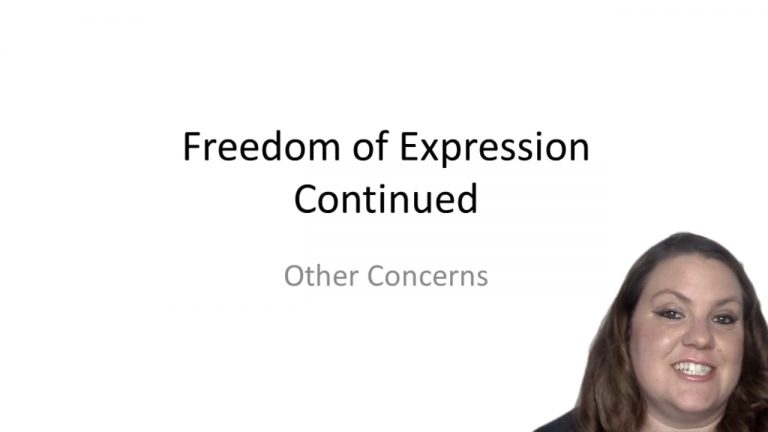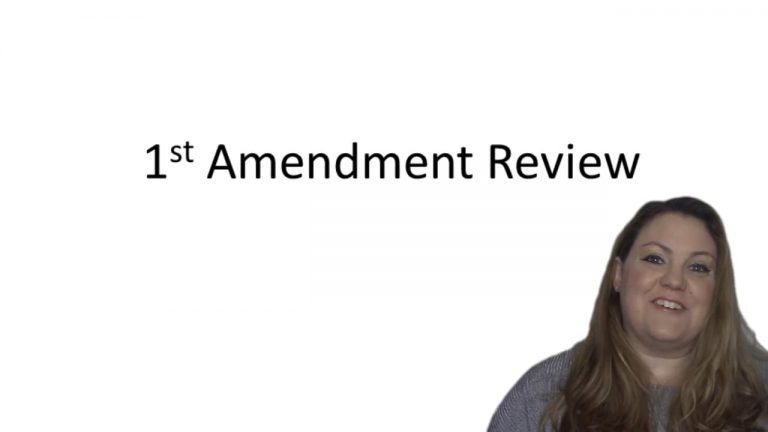SmartBrief
Confirm favorite deletion?
Constitutional Law Keyed to Chemerinsky
Virginia v. Black
Citation:
538 U.S. 343 (2003)Facts
The State of Virginia has a statute that prohibits anyone with the intent of intimidating person or group of persons to burn a cross on the property of another or other public place; anyone who violates it shall be guilty of a felony and any such burning of a cross shall be prima facie evidence of an intent to intimidate a person or a group. In 1998, a Ku Klax Klan rallied on a private property with ten houses in its vicinity of the rally. Neighbors heard Klan members speak about racist comments and hatred toward black people. At the conclusion of the rally, the Klan burned the cross.
Only StudyBuddy Pro offers the complete Case Brief Anatomy*
Access the most important case brief elements for optimal case understanding.
*Case Brief Anatomy includes: Brief Prologue, Complete Case Brief, Brief Epilogue
- The Brief Prologue provides necessary case brief introductory information and includes:
Topic:
Identifies the topic of law and where this case fits within your course outline.Parties:
Identifies the cast of characters involved in the case.Procedural Posture & History:
Shares the case history with how lower courts have ruled on the matter.Case Key Terms, Acts, Doctrines, etc.:
A case specific Legal Term Dictionary.Case Doctrines, Acts, Statutes, Amendments and Treatises:
Identifies and Defines Legal Authority used in this case.
- The Case Brief is the complete case summarized and authored in the traditional Law School I.R.A.C. format. The Pro case brief includes:
Brief Facts:
A Synopsis of the Facts of the case.Rule of Law:
Identifies the Legal Principle the Court used in deciding the case.Facts:
What are the factual circumstances that gave rise to the civil or criminal case? What is the relationship of the Parties that are involved in the case.Issue(s):
Lists the Questions of Law that are raised by the Facts of the case.Holding:
Shares the Court's answer to the legal questions raised in the issue.Concurring / Dissenting Opinions:
Includes valuable concurring or dissenting opinions and their key points.Reasoning and Analysis:
Identifies the chain of argument(s) which led the judges to rule as they did.
- The Brief Prologue closes the case brief with important forward-looking discussion and includes:
Policy:
Identifies the Policy if any that has been established by the case.Court Direction:
Shares where the Court went from here for this case.

 7m 56s
7m 56s 8m 2s
8m 2s